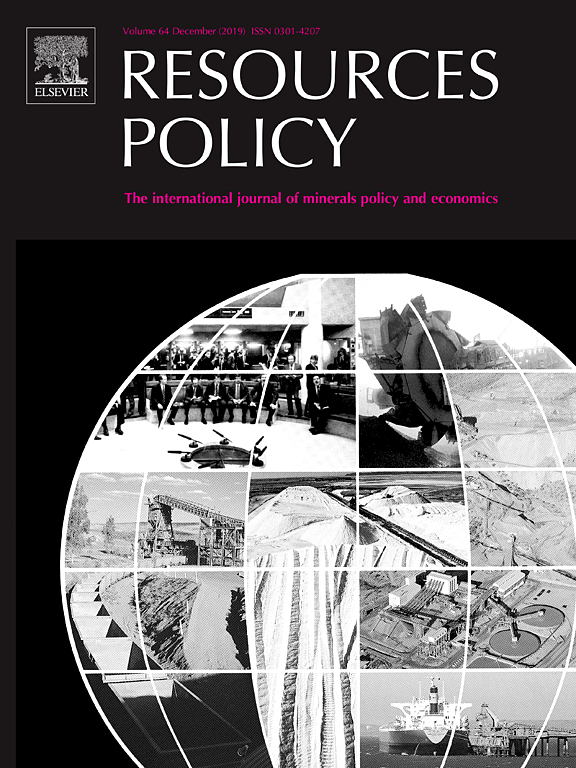Indigenous peoples and mine automation: An issues paper
The global mining sector, like other sectors of industrialised economies, is undergoing a technological trans-formation as part of what some commentators refer to as the ‘fourth industrial revolution’. New technologies, such as automation and robotics, are transforming the nature of mining and the nature of work. This paper discusses the implications of this shift for Indigenous peoples and the Indigenous mining workforce. In the past two decades the number of Indigenous employees in the sector has grown to unprecedented levels, most notably in Australia and Canada. The emergence of local level agreements, state regulatory requirements, and mining company policies and commitments are examined as drivers for this rise in Indigenous employment. Yet, the predicted acceleration in mine automation could disrupt this positive trend, as automation targets routine jobs which are disproportionately where Indigenous peoples are employed in manual and semi-skilled roles. There is little indication that the industry is considering the potential downside effects of mine automation on these same peoples. A careful and critical examination of mine automation and its effects on Indigenous peoples is urgently required.
Language: English
Publisher: Resources Policy
Region: Australia
Type: Article
CITATION
Holcombe, S. & Kemp, D. (2019). Indigenous peoples and mine automation: an issues paper. Resources Policy 63 101420 101420

